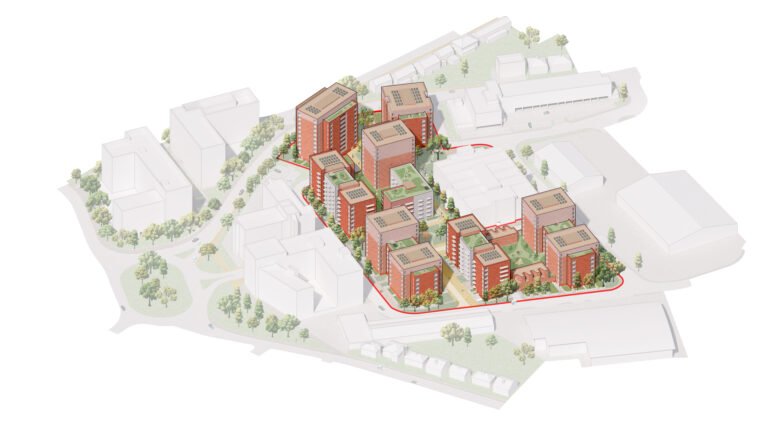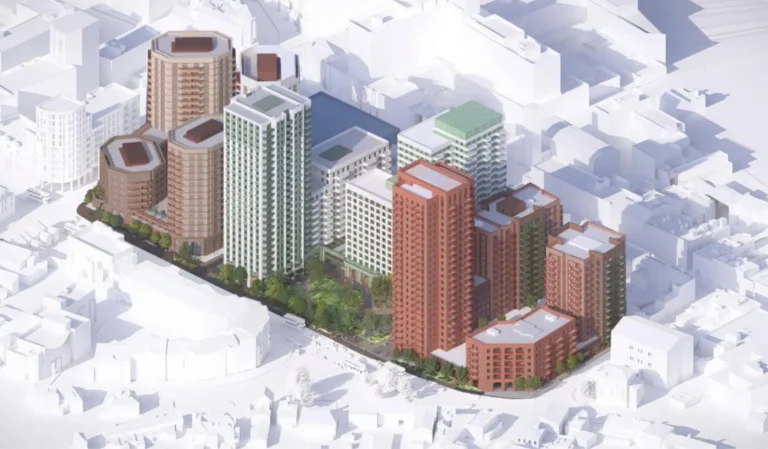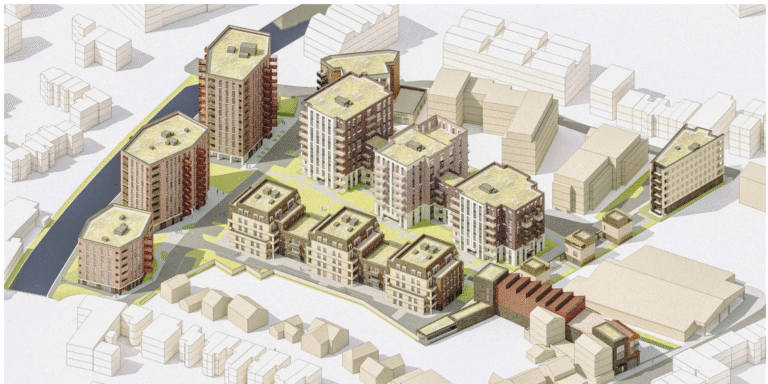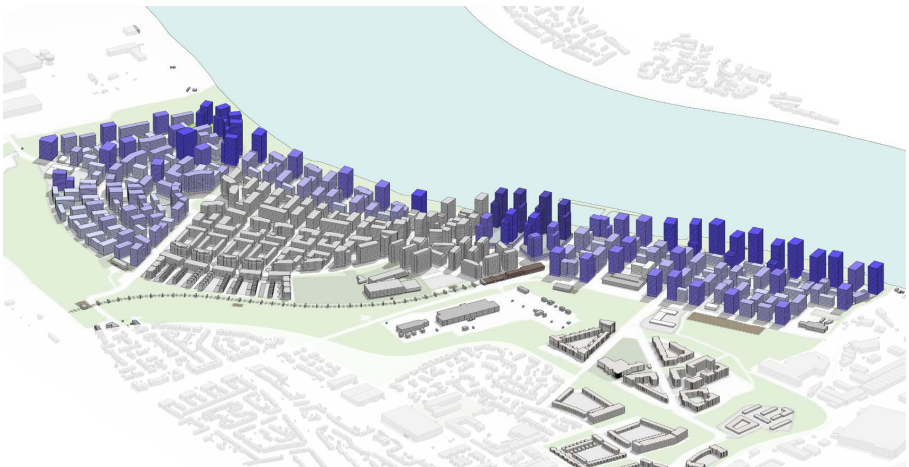
Barking Riverside is a substantial source of housing delivery towards Barking & Dagenham’s housing supply target.
At present the site has permission for amongst other things 10,800 homes of which to date 3,504 have been completed or have reserved matters approval obtained under the existing outline planning permission.
The Barking Riverside development site is approximately 179 hectares of predominantly brownfield land, previously used for coal-fired power generation, as well as a landfill site.
Most of the area has been cleared and remediated principally by capping and is now undergoing extensive redevelopment.
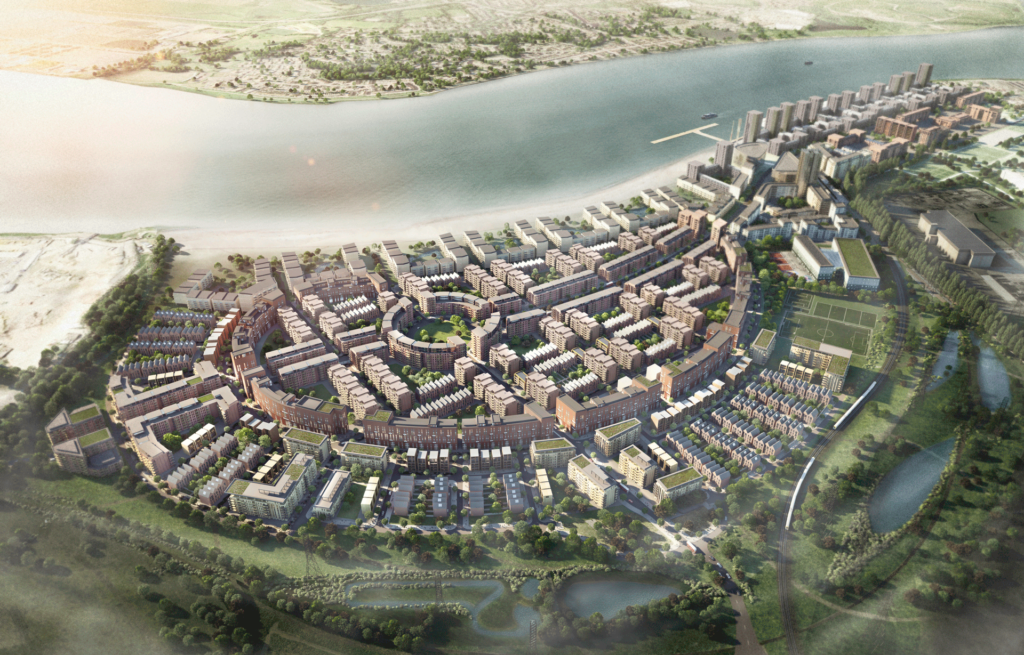
The approved remediation scheme includes measures to surchage the land and to raise the ground level as well as works to install a barrier around the site.
Four new schools, an ecology centre, commercial uses, and a new bus, London Overground station, and Thames Clipper pier.
A further 3,450 homes are at varying stages of progress and are anticipated to be completed under the existing outline planning permission, this will cumulatively result in 6,954 new homes completed or in progress in Barking & Dagenham and the delivery of supporting infrastructure.
Earlier this month a New Outline Planning Application (NOPA) was lodged with the London Borough of Barking & Dagenham (the council), to propose an additional 13,046 homes in addition to those set out previously thus resulting in 20,000 homes to be delivered in a phased manner over a 15 year period.
This would be delivered alongside 52,848 sqm of nonresidential floorspace and two primary schools.
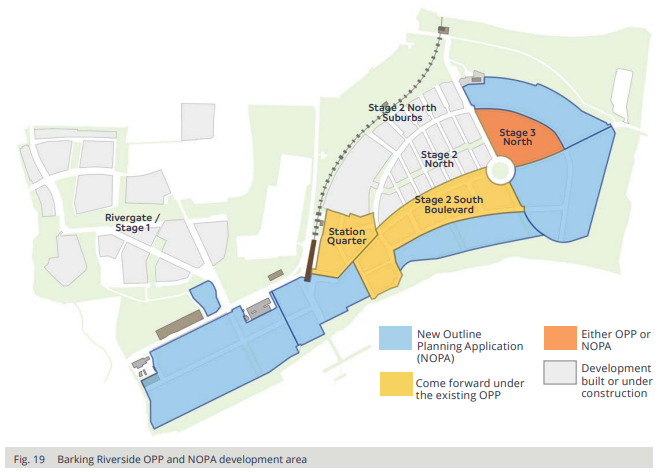
The appraisals within the Finanical Viability Assessment indicate indicate that a 0.80% Internal Rate of Return (IRR) is delivered in the base case, rising to 13% in the sensitivity testing.
This output gives reassurance that the combined OPP and NOPA represent a deliverable approach to continued delivery at Barking Riverside, albeit whilst facing financial challenges of the scheme linked to the substantial £697m infrastructure costs.
The nature of the viability review mechanism (mirroring that within the OPP) and the inital return threshold within this (12% to enable delivery to continue, 15% to enable additional affordable homes).
The uplift in new home provision has been achived through a number of measures such as, the increased density of plots along the banks of the River Thames namley the quadrupling the number of taller buildings at and over 18 floors to extend from one end of the site to another.
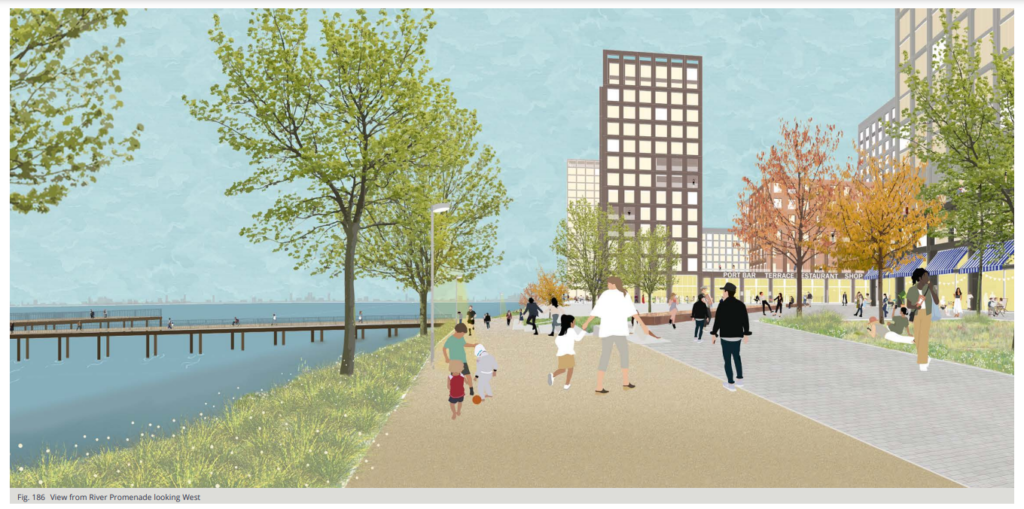
Other scheme amendments include; improved sight lines and connectivity between the main access road east to west by realigning the geometry of the parcels on the waterfront. The relocation of additional primary schools to River Road Park and the eastern end of the site.
Over 40% of Barking Riverside is land designated for parks or natural habitats as well as to 65,000 sqm of non-residential
floorspace will be delivered at Barking Riverside across the OPP and NOPA.
The Overground service provides access to central London in approximately 25 minutes (via Barking) and Canary Wharf can be reached by river bus in just over 40 minutes.
Construction is anticipated to commence in 2031 with the construction programme anticipated to span approximately 15 years, to be
completed and fully operational in 2046.
